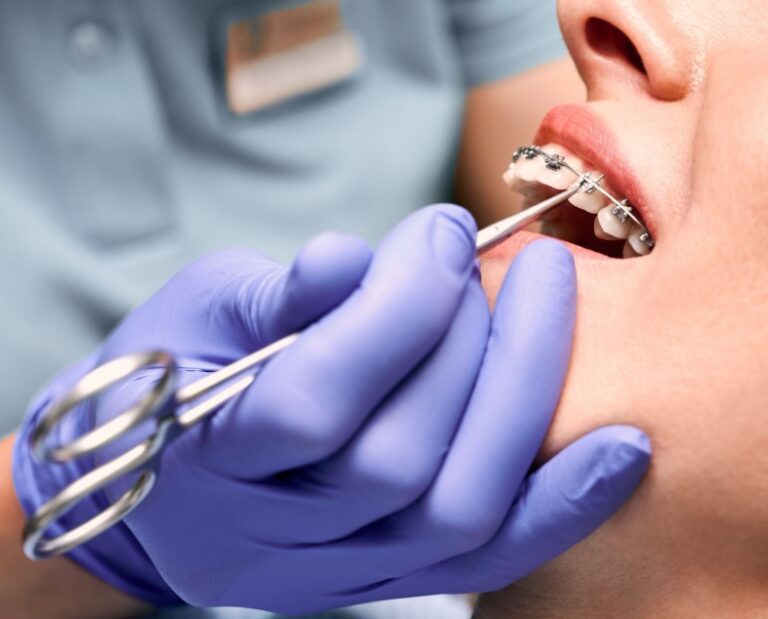A sudden jolt of pain while sipping on a hot cup of coffee or biting into a cold ice cream cone can be more than just uncomfortable; it might be a sign of tooth sensitivity. If you’ve ever experienced this, you’re not alone. Tooth sensitivity is a common dental issue that affects millions of people worldwide. In this blog post, we’ll delve into the various types of tooth sensitivity and provide valuable insights on how to manage them, so you can enjoy your favorite foods and drinks without the discomfort.
Types of Tooth Sensitivity:
Dentin Hypersensitivity:
Dentin hypersensitivity is the most common type of tooth sensitivity. It occurs when the dentin, the layer beneath your tooth enamel, becomes exposed. This can happen due to gum recession, enamel erosion, or even toothbrush abrasion. When dentin is exposed, it allows stimuli, such as hot or cold temperatures, to reach the nerves inside your teeth, causing pain.
Pulpal Sensitivity:
Pulpal sensitivity occurs when the innermost part of your tooth, the dental pulp, becomes irritated or inflamed. This can be caused by deep cavities, dental trauma, or infection. Pulpal sensitivity often results in sharp, intense pain that lingers even after the stimulus is removed.
Tooth Fracture Sensitivity:
Tooth fractures or cracks can expose the inner layers of your teeth, leading to sensitivity. This type of sensitivity is often accompanied by pain when biting or chewing, especially on specific teeth.
How to Manage Tooth Sensitivity:
Maintain Good Oral Hygiene:
Practicing proper oral hygiene is the first step in managing tooth sensitivity. Brush gently with a soft-bristle toothbrush and fluoride toothpaste. Floss daily to prevent gum recession and cavities.
Desensitizing Toothpaste:
Desensitizing toothpaste can help block pain signals from reaching the nerves in your teeth. Use it as directed by your dentist for best results.
Fluoride Treatment:
Fluoride treatments, either in-office or at home, can strengthen enamel and reduce sensitivity. Ask your dentist about the right fluoride products for your needs.
Dental Bonding:
In cases of exposed dentin or minor fractures, dental bonding can help seal and protect the sensitive areas.
Gum Grafting:
If gum recession is the cause of your sensitivity, a gum grafting procedure can help cover exposed root surfaces and reduce discomfort.
Avoid Trigger Foods and Beverages:
Limit consumption of acidic, hot, or cold foods and drinks that can trigger sensitivity. Drinking through a straw can also help minimize contact with sensitive teeth.
Mouthguards:
If tooth grinding or clenching is contributing to your sensitivity, your dentist may recommend a custom-fitted mouthguard to protect your teeth.
Regular Dental Check-ups:
Don’t skip your regular dental check-ups. Your dentist can identify and address the underlying causes of tooth sensitivity and recommend appropriate treatments. Book your next routine cleaning and check-up with us here.
Tooth sensitivity can be uncomfortable, but it’s manageable with the right care and guidance from your dental team. If you’re experiencing tooth sensitivity, it’s essential to consult with a dentist who can diagnose the root cause and recommend the most suitable treatment options for your specific needs. With proper care, you can regain your comfort and enjoy a pain-free smile once again. At Burnaby Heights Dental Centre, our team is here to help you manage tooth sensitivity and maintain optimal oral health. Don’t hesitate to reach out for personalized advice and treatment options.




















